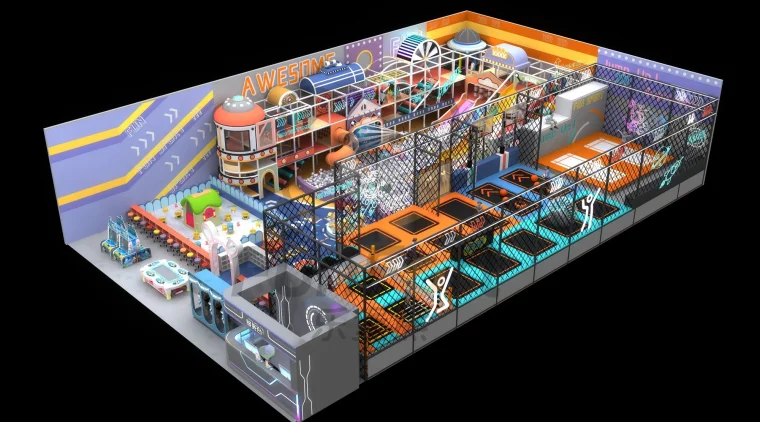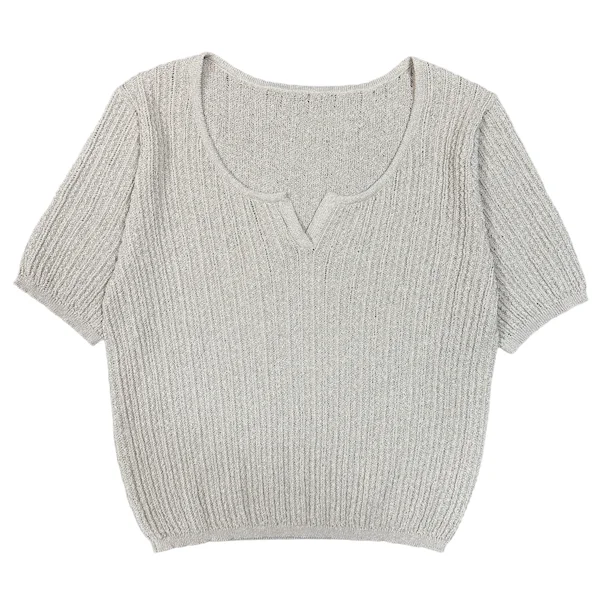Unraveling the Best Stretchy Fabrics: A Comprehensive Guide for Designers and Consumers
When it comes to fashion and textile design, the choice of fabric can make or break a garment. Among the myriad of fabric options available, stretchy fabrics hold a special place due to their versatility, comfort, and ability to enhance fit. But what exactly is the best stretchy fabric? This article delves into the world of stretchy materials, exploring their properties, applications, and the factors that determine their suitability for various projects.
Understanding Stretchy Fabrics
Stretchy fabrics are characterized by their ability to stretch and recover, making them ideal for garments that require a snug fit or freedom of movement. The stretchiness of a fabric is primarily determined by its fiber composition, weave, and knit structure. The most common types of stretchy fabrics include spandex (also known as elastane), jersey, and knits, each offering unique benefits and applications.
Types of Stretchy Fabrics
- Spandex/Elastane:
- Properties: Spandex is a synthetic fiber known for its exceptional elasticity. It can stretch up to five times its original length and return to its original shape, making it a popular choice for activewear, swimwear, and form-fitting garments.
- Applications: Often blended with other fibers, spandex enhances the comfort and fit of fabrics like cotton, polyester, and nylon. It is commonly used in leggings, sports bras, and fitted dresses.
- Jersey Knit:
- Properties: Jersey is a type of knit fabric that is soft, lightweight, and has a natural stretch due to its looped structure. It can be made from cotton, polyester, or a blend of fibers, providing varying degrees of stretch and breathability.
- Applications: Jersey is widely used in t-shirts, dresses, and casual wear. Its drape and softness make it ideal for layering and comfortable everyday clothing.
- Lycra®:
- Properties: Lycra is a brand name for a type of spandex that is known for its durability and resistance to wear and tear. It offers excellent recovery and maintains its shape over time.
- Applications: Commonly found in high-performance athletic wear, swimwear, and shapewear, Lycra provides both comfort and support, making it a favorite among designers.
- French Terry:
- Properties: French terry is a knit fabric with loops on one side and a smooth surface on the other. It has a moderate stretch and is thicker than standard jersey, providing warmth and comfort.
- Applications: This fabric is often used in sweatshirts, joggers, and loungewear, making it perfect for casual and athleisure styles.
- Bamboo Fabric:
- Properties: Bamboo fabric is made from the pulp of bamboo plants and is known for its softness, breathability, and natural stretch. It is also eco-friendly and has moisture-wicking properties.
- Applications: Ideal for activewear and casual clothing, bamboo fabric is becoming increasingly popular among environmentally conscious consumers.
Factors to Consider When Choosing Stretchy Fabrics
When selecting the best stretchy fabric for a specific project, several factors should be taken into account:
- Purpose: Consider the intended use of the garment. For activewear, prioritize fabrics with high elasticity and moisture-wicking properties. For casual wear, comfort and drape may be more important.
- Fit and Style: The desired fit of the garment will influence fabric choice. For form-fitting styles, fabrics with higher spandex content are ideal, while looser styles may benefit from softer knits.
- Care and Maintenance: Some stretchy fabrics require special care, such as hand washing or air drying. Consider the maintenance requirements and how they fit into your lifestyle.
- Sustainability: With growing awareness of environmental issues, many consumers are looking for sustainable fabric options. Fabrics made from organic cotton, recycled polyester, or bamboo are excellent choices for eco-conscious designs.
Conclusion
The quest for the best stretchy fabric ultimately depends on the specific needs of the designer or consumer. By understanding the properties and applications of various stretchy fabrics, one can make informed decisions that enhance both the functionality and aesthetic appeal of garments. Whether you are designing a high-performance athletic outfit or a comfortable everyday dress, the right stretchy fabric can elevate your creations to new heights. As the textile industry continues to innovate, staying informed about the latest developments in stretchy fabrics will ensure that you are always ahead of the curve.

